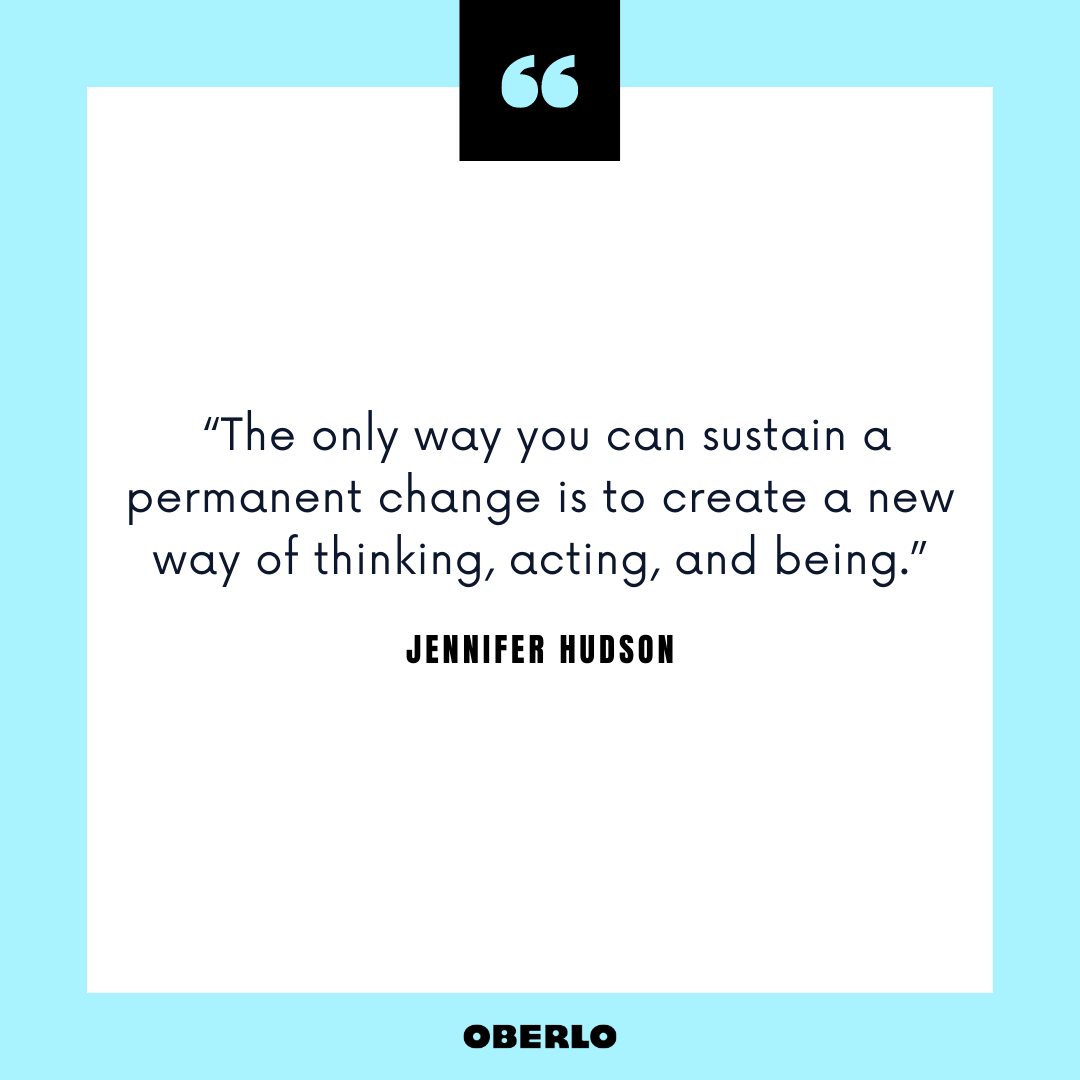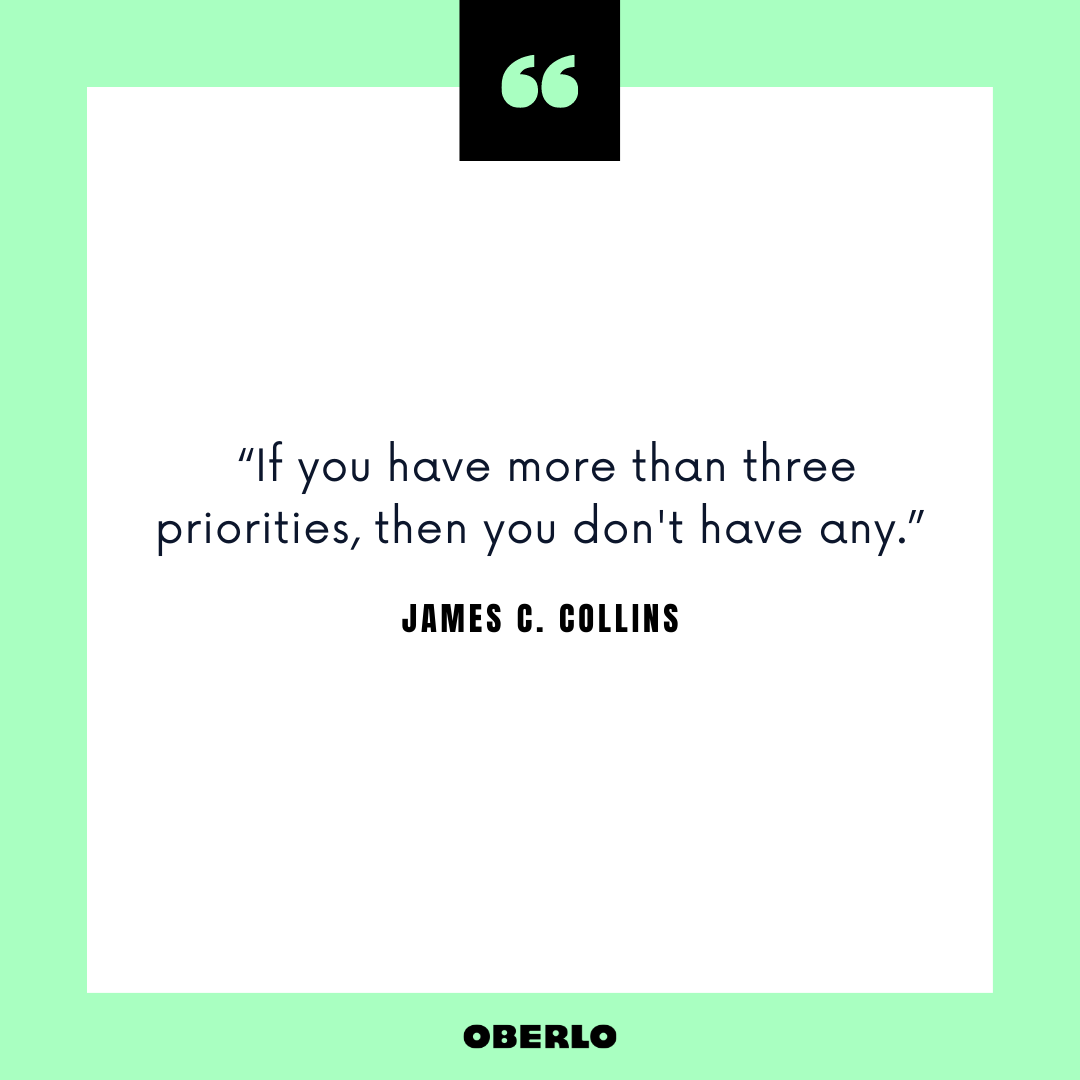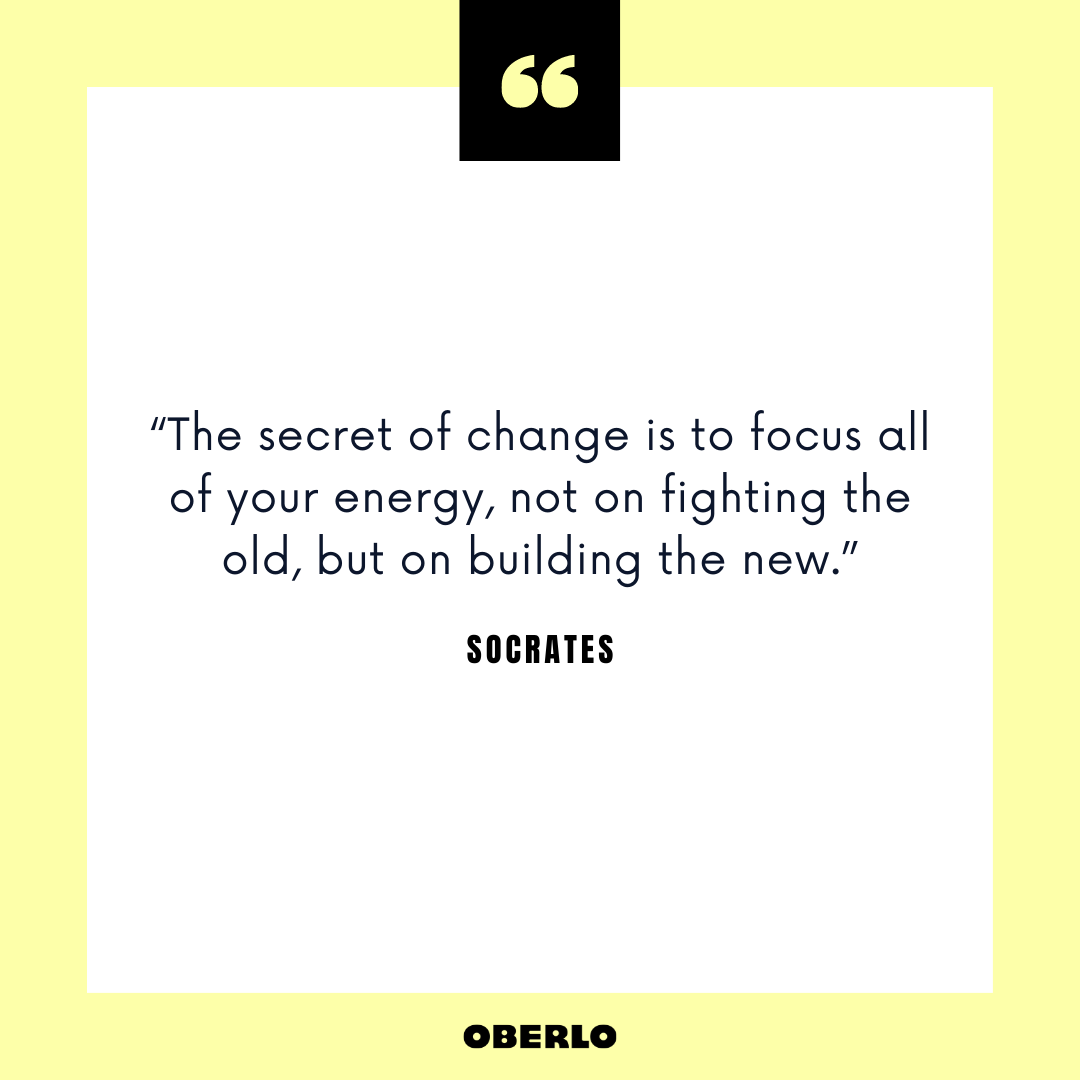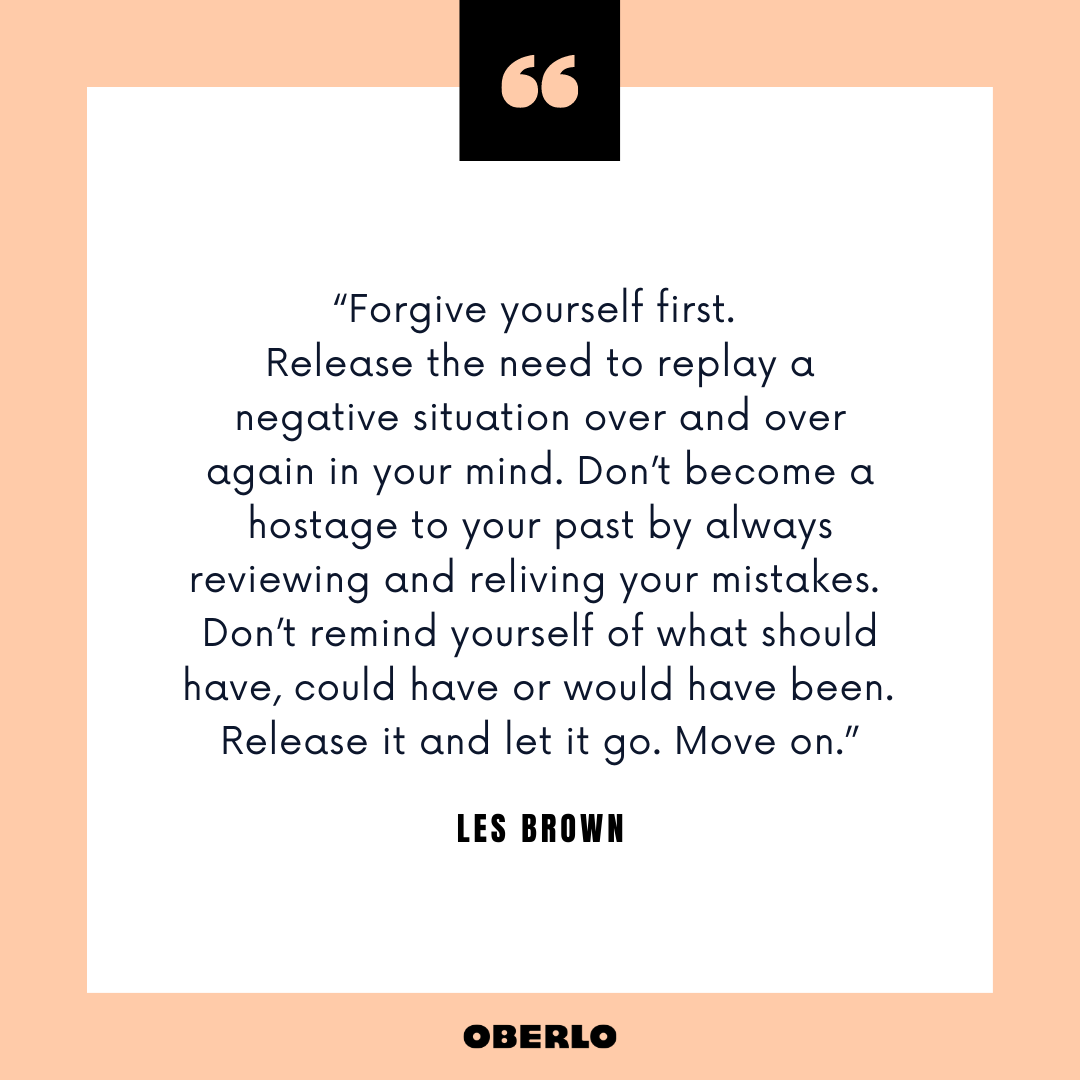For years, I could never stop procrastinating.
I would procrastinate all day then end up working all night. The next day, I’d be emotionally and physically ruined. My weekly schedule wasn’t a schedule – it was more like lurching around in the dark while walking on Lego.
Nothing helped.
I read books about procrastination, made new routines, tried different apps, and even gave up my phone for a while. I tried every tactic and strategy out there. None of them worked.
Then, someone shared a secret with me.
I tried to reject it at first, but as I practiced, the spirals, guilt, and time-wasting all fell away. I became focused, productive, and empowered. My business boomed, and I no longer dreaded work – I relished it.
Still, I couldn’t believe that no one had ever mentioned this secret to me before. Why was it never in any of the blogs or books I’d read about focus and productivity?
And it’s so simple. Tough but simple.
In this article, I’m going to share this secret with you. If you practice it consistently and keep at it, you can stop procrastinating for good.
But first, let’s get to know our enemy: what is procrastination?
Post Contents



What is Procrastination and How Does It Work?
Procrastination is the intentional act of delaying or postponing something even when we know there will be negative consequences.
Let’s take a closer look at why procrastination happens.
→ Click Here to Launch Your Online Business with Shopify
According to psychology professor Timothy Pychyl, the cause of procrastination is a lack of emotional regulation: “Emotional regulation, to me, is the real story around procrastination, because to the extent that I can deal with my emotions, I can stay on task.”
In other words, when we let out emotions rule us, we end up in the procrastination spiral of doom.

We put off tasks because we don’t feel good about them, and we don’t feel good because we keep wasting time.
The procrastination spiral of doom is built on two false beliefs:
- We believe that we need to be in the right mood to do a task – but we’re not in the right mood at the moment.
- We believe that our mood will change in the future – and that we should wait until it does.
In reality, our mood has nothing to do with our ability to function. When we’re tired, we can still go to the gym, when we’re sad, we can still study, and when we’re stressed, we can still clean the house.
So, how can we stop procrastinating?
How to Stop Procrastinating Now
The only way to eliminate procrastination for good is to have a mindset shift and create two new foundational beliefs:
- We must believe that our mood does not affect our ability to function – we can (and must) still take action regardless of how we feel.
- We must believe that taking action and feeling productive is the only way our mood will improve.
Look deeply, and you’ll know this to be true.
The singer and actress Jennifer Hudson said it best: “The only way you can sustain a permanent change is to create a new way of thinking, acting, and being.”
Successful people stick to their morning routine no matter how they feel. It doesn’t matter if they’re tired, they still get up at 6.00 am. It doesn’t matter if they’re achy, they still go to the gym.
Now, understanding these beliefs in our minds is one thing – actually believing them is another. So, how can you practice operating in line with these beliefs?

How to Avoid Procrastination: 7 Procrastination Tips
Now that you understand how to stop procrastinating let’s take a look at some tactics and strategies to help you practice stopping procrastination.
Remember, there are no tools, tactics, or hacks that will get you to stop procrastinating. However, these procrastination tips can make things easier while you practice taking action regardless of how you feel.
Let’s get to it.
1. Set Your Priorities
Once we find ourselves in the procrastination spiral of doom, it’s tough to get out. So, we need to identify ways that we fall into the spiral and avoid them.
One of the quickest ways to fall into a downward spiral is to feel overwhelmed and shut down. For example, if you have a never-ending to-do list or a mammoth project to work on, getting on top of things can feel impossible.
So, if you want to stop procrastinating and improve yourself, you need to get organized and set your priorities.
Here’s what to do:
- Write down all of your tasks, and break down large projects into smaller tasks.
- Put them in order of priority.
- Create another list featuring just the top three items, so the other tasks are out of sight – you know what they say, “out of sight, out of mind.”
Why just three? As the researcher and consultant James C. Collins said, “If you have more than three priorities, then you don’t have any.”
Now comes the challenging part: Try to forget about every other task you have to do except the first one. Reassure yourself that you’ve already prioritized them and that this task is the most important one right now. And remind yourself that you can only do one task at a time.
Do this every day.
Run through your list, add new items, and rearrange the order of priority. Then, create your list of three items, forget about all of them except the first one, and get to work.

2. Remember Your “Why”
Why do you want to stop procrastinating, complete your tasks, and become an empowered, productive person?
You need a powerful answer to this question.
For example, “because I want to provide for my family, travel and experience the world, and feel good about myself every day.” Or, “because I want to stop feeling so anxious about my studies, become an empowered and capable person, and pass my exams with flying colors.”
What’s your “why” and how strong is it?
Once you’ve defined why you want to stop procrastinating, don’t ever forget it. Use sticky notes, set an alarm – do whatever you need to do to keep it front and center.
When you’re in the procrastination spiral of doom, your “why” will help you find the strength to get out.
This is because your “why” helps to illustrate the long-term – and this is powerful. For example, researchers discovered that people are more likely to save for retirement if they’re shown digitally aged photographs of themselves. These photographs helped the participants connect with the long-term view of their lives.
So, every time you find yourself trying to stop procrastinating, take a moment to remember the long-term and the reason why you want to do the task.
3. Focus on Building the New
Another way we spiral into the procrastination spiral of doom is by giving it our attention. “Our life is what our thoughts make it,” wrote the Roman emperor and philosopher Marcus Aurelius.
In other words, if you dwell on the fight against procrastination, your life will become an endless spiral of you trying to stop procrastinating.
Instead, you need to direct all your energy and thoughts to doing the task at hand. The greek philosopher Socrates explains it best: “The secret of change is to focus all of your energy, not on fighting the old, but on building the new.”
So, acknowledge that the task may be tedious, stressful, difficult, or uncomfortable. Then resolve to do it anyway.
Here’s the thing: You don’t need to eliminate procrastination before you can start doing your tasks – you can just start doing your tasks.
(If this feels impossible, don’t worry – try the next step.)

4. Visualize the Process
Remember, you need to direct all your attention towards building the new. A great way to start doing this is to practice visualization.
Here’s the vital part: Don’t visualize the result you want. Only imagine the process of doing the task.
One study on motivation and fantasies found that positive fantasies resulted in low effort and unsuccessful performance. In other words, it feels great to imagine finishing a task without doing the work, but it makes us less likely to do the work.
However, in a study from UCLA, people who visualized the process they needed to achieve their goal were more likely to outperform their peers.
In other words, positive fantasies make our goals feel overwhelming and unattainable – this pushes us deeper into anxiety and procrastination. However, visualizing the process can help us to stop procrastinating and keep the promises we make to ourselves.
For example, don’t imagine being rich. Instead, sit down, close your eyes, and imagine what it’s like to spend one hour every day building a business.
5. Cut Distractions
You’ve wrestled with procrastination all morning, and although it was tough, you finally made a start!
… and then you get an Instagram notification, pick up your phone, and you’re back to square one.
Distractions can be stressful and costly.
In fact, Dr. Gloria Mark, professor of informatics at the University of California, Irvine, has found that it takes an average of 23 minutes to fully regain focus on a task after being distracted.
In my experience, it was more like 23 hours…
Either way, when you consider that notifications can interrupt us every few minutes, it’s no wonder so many people struggle to stop procrastinating.
So, you must cut distractions mercilessly, like a pirate on a rampage.
For example, turn your phone off, wrap it in a sock, put it in a sealable plastic box, give it to someone, and tell them to hide it until you’ve done your task.
No joke.
What’s more, if you have to work on your computer still, you can also use apps and tools to block distracting websites and apps, such as Freedom StayFocusd, SelfControl, and Rescue Time.

Bottom line, do whatever it takes for you to be able to focus.
6. Forgive Yourself
Blaming, guilting, or shaming yourself will only feed the procrastination spiral of doom.
This is obvious when you think about it.
If you let yourself feel bad about procrastinating all morning, you’ll feel, well, bad — making yourself less likely to avoid procrastination in the afternoon. This is the procrastination spiral of doom at work again.
So, forgive yourself instead.
It helps to break the spiral. One study found that first-year university students who forgave themselves for procrastinating before the first exam procrastinate less on the next one.
The authors of the study wrote, “Forgiveness allows the individual to move past their maladaptive behavior and focus on the upcoming examination without the burden of past acts to hinder studying.”
In other words, the more you’re able to forgive yourself for procrastinating, the more likely you are to stop procrastinating and take action in the future.
If you want to stop procrastinating, you absolutely must stop beating yourself up and start being compassionate and kind to yourself.
You’re only human. Start fresh in this moment.
“Forgive yourself first. Release the need to replay a negative situation over and over again in your mind,” said the author and speaker Les Brown. “Don’t become a hostage to your past by always reviewing and reliving your mistakes. Don’t remind yourself of what should have, could have or would have been. Release it and let it go. Move on.”

7. Start
If you’re like how I was, this is where your mind will wriggle and scream and do anything it can to stop you from doing the task.
So, start small – like, really small.
This strategy works for Instagram founder Kevin Systrom. He champions a 5-minute cure for procrastination: “If you don’t want to do something, make a deal with yourself to do at least five minutes of it. After five minutes, you’ll end up doing the whole thing.”
This tactic helped me, too.
What’s more, research shows that you’re far more likely to finish it once you start something. This is because of a phenomenon called the zeigarnik effect, which states that unfinished tasks are more likely to get stuck in your memory.
Ultimately, you need to be brave, steel yourself, and take the plunge. This is the hardest part, but you can do it. You must do it – it’s the only way to stop procrastinating.
So, close your eyes, take a breath, and don’t think about it.
Just start.
Summary: How to Not Procrastinate
Learning how to stop procrastinating can sometimes feel like an impossible task, but you can do it.
Remember, you can escape the procrastination spiral of doom by practicing two new beliefs:
- We must know that our mood doesn’t affect our ability to function – we can (and must) still act, regardless of how we feel.
- We understand that, despite the initial discomfort, taking action and feeling productive is the only way to improve our mood and feel better.
To make things easier as you practice stopping procrastination, follow these seven steps:
- Define your tasks and put them in order of priority. Then forget about all of the tasks except the first one.
- Identify why you want to do the task at hand – and don’t forget it.
- Don’t try to fight procrastination. Put your effort into doing the task.
- Don’t fantasize about the result. Instead, visualize the process of doing the task.
- Cut distractions mercilessly.
- Forgive yourself for procrastinating – be kind, let go, and start fresh.
- Start small – commit to just five minutes. Take a breath, and start.
To finish, here’s a motivational quote by Epictetus, the Greek philosopher:
“Now is the time to get serious about living your ideals.
How long can you afford to put off who you really want to be? Your nobler self cannot wait any longer. Put your principles into practice – now. Stop the excuses and the procrastination. This is your life! You aren’t a child anymore.
The sooner you set yourself to your spiritual program, the happier you will be. The longer you wait, the more you’ll be vulnerable to mediocrity and feel filled with shame and regret, because you know you are capable of better.
From this instant on, vow to stop disappointing yourself. Separate yourself from the mob. Decide to be extraordinary and do what you need to do – now.”
Do you have any procrastination tips? What’s your “why”? Let us know in the comments below!






